A world-famous tourist resort north of Agios Nikolaos, with lacy, windless sandy beaches, crystal clear…
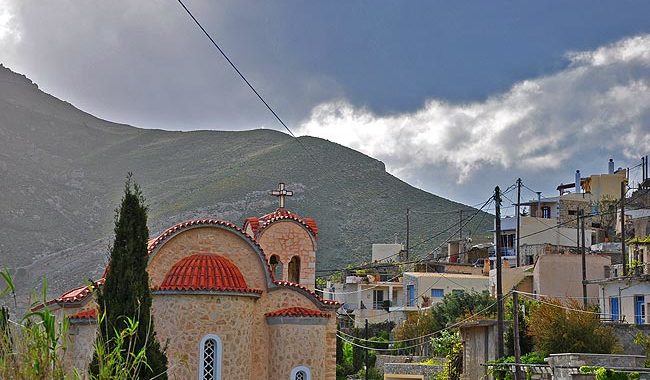
Agios Ioannis
Agios Ioannis is a small traditional village built at the slope of the hill “Katalimata” 500m above the sea level and 18 kms away from Ierapetra. Its population now (2017) is 15-40 permanent inhabitants.
As you ascend the way to the village you enjoy an unlimited view of the settlement. The picture is impressive and prepossesses you for a pleasant walk in its traditional narrow roads.
Unfortunately when you arrive and get out of your car, your former impression will change. You will face entire neighborhoods completely desolated. You will walk across roads, where only ruins and rubble rule.
40-50 years ago this village throbbed with life. Now the only people who are interested of buying the ruins and the old houses are foreigners who want to renovate them for a holiday home.
The former inhabitants of Agios Ioannis have been moved to the inshore area between Makri Gialos and Koutsouras, where the touristic development and the agricultural development (greenhouses) help their easier and better living.
The scene you will face is full of antithesis. In a magic landscape with an open view to the Libyan Sea it is located this hidden paradise. Though it is a desolated village, we consider it as the most attractive village at the south-eastern Crete. It is considered the “Lastros” of the south, though uninhabited.
On your way to Schinokapsala village, you will cross a beautiful pine forest, the only one in Sitian Mountains. The forest starts from the area of Thripti and goes to the south-east crossing the Thripti Mountains to the area of Schinokapsala. There you can find an organized place for picnics under the thick shade of huge plane trees by running waters.
Milonas Gorge
Mylonas Gorge or Ai Giannis, is located at the area between the village and the south coast. It begins from Agios Ioannis village, in 500 meter altitude and concludes in Kakia Skala beach. The way is wonderful while its most exciting spot is the great 20 meter waterfall where every visitor ends up.
The Gorge of Milonas is a miracle of nature, where the powerful mechanics of water have formed steep cliffs and a deep gorge. If you have a vivid imagination, you may think that the narrow and deep chasm in the very heart of the rock was created by a mythological giant who, having nothing else to do, used his hatchet to tear the mountain in two.
The gorge is ideal for the visitors who seek thrills. You will be able to walk along the path that crosses the gorge and admire the rocky sculptures which nature has skillfully created throughout the centuries.
Additional Info
Location: Ierapetra Region – 18km far from Ierapetra
Access: Mountainous asphalt road
Residents: 15-40 (2017)
Αltitude: 510m
History
The exact date the village was established is not known. There are no signs or other testimonies that could give us a hint. Some people believe that it was built during the last two-three centuries. However, this cannot be verified.
From the archives which were left behind when the Ottoman Empire collapsed, as well as from the information collected by historians from the file of Venice it emerges that the village of Agios Ioannis existed well before 1500. During the population census carried out by the Duchy of Venice in 1583 the village had 157 residents, while during the Egyptian census conducted in 1834 there were 49 families living there.
In 1881 Agios Ioannis belonged to the municipality of Kato Chorio and numbered 341 residents. In 1928 the village formed a separate community which lasted until the recent reform (Kapodistrias reform) which changed the country’s administrative divisions. Since then, it has belonged to the municipal district of Ierapetra.
As far as it is known, the residents of Agios Ioannis have always been Christians of Greek origin. No Turkish people ever stayed in the village.
Agios Ioannis has a dry, cool climate, with fresh, clean air, factors which make staying here very comfortable and agreeable
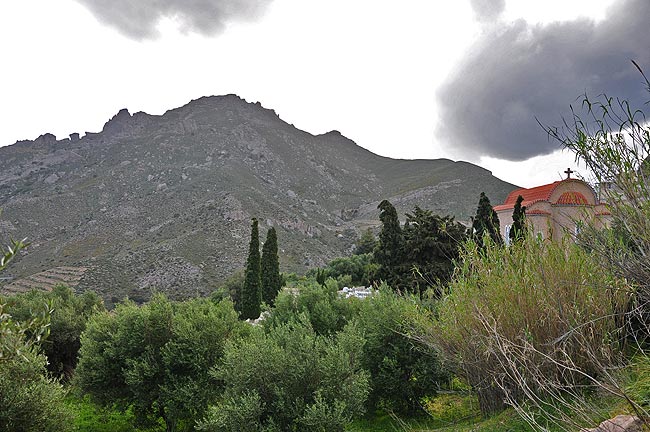
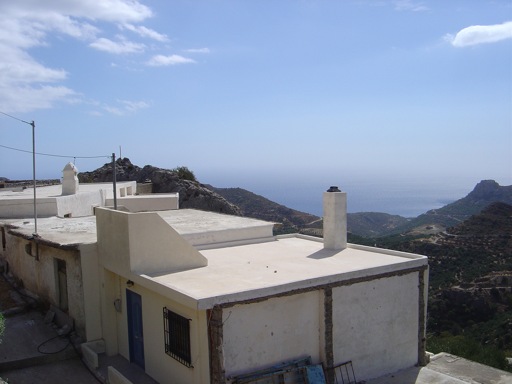
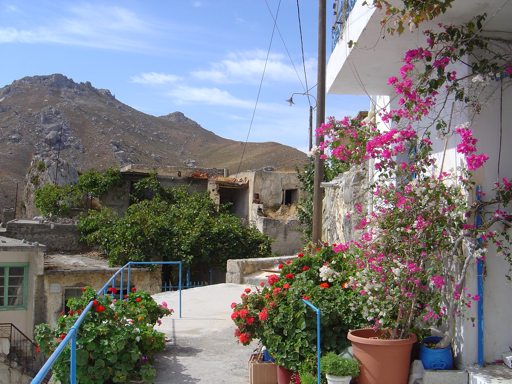
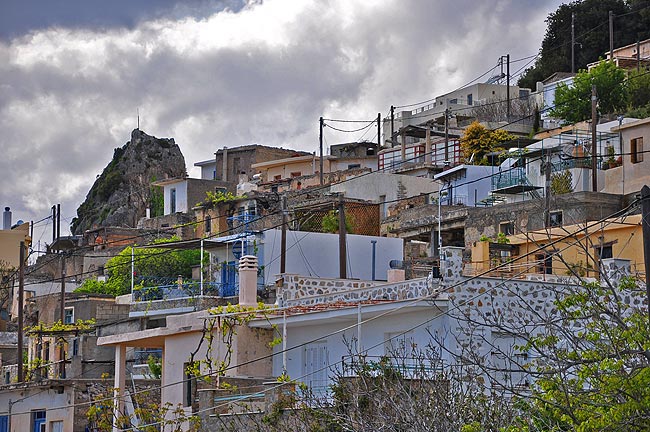
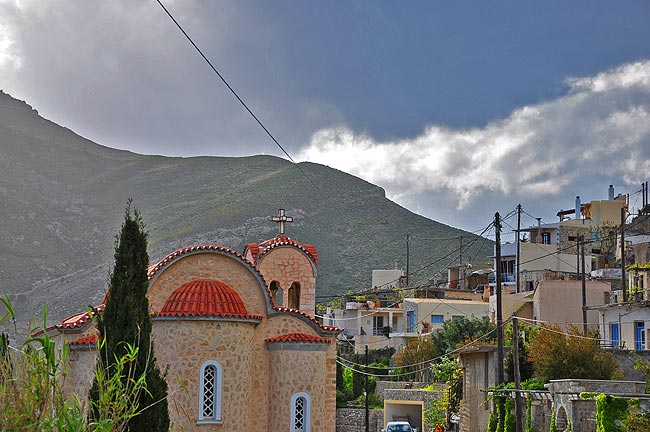
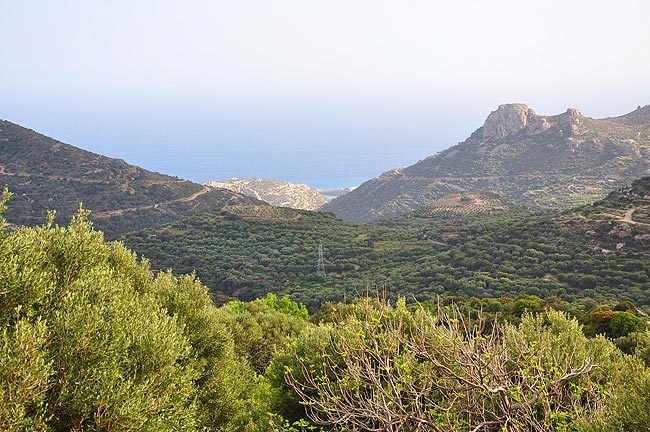
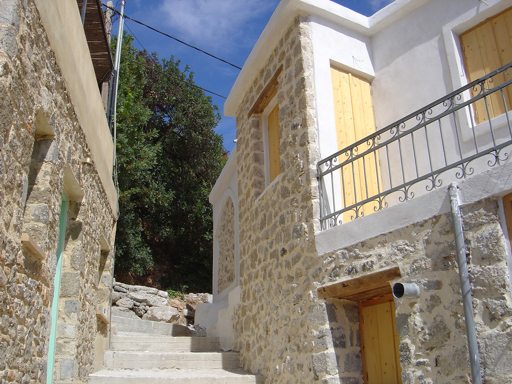
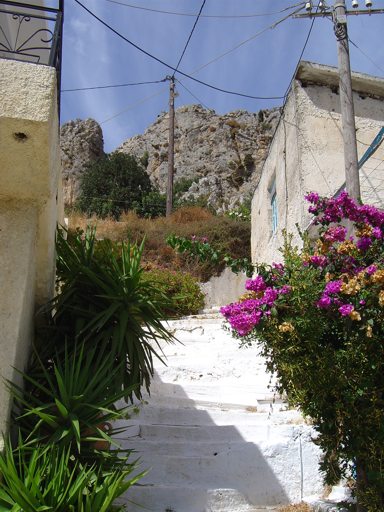
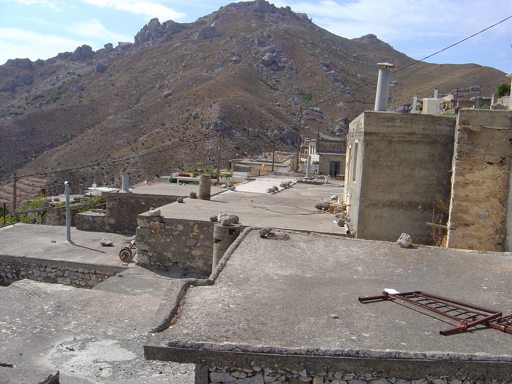
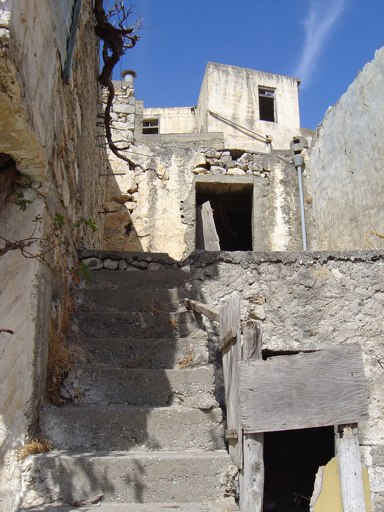
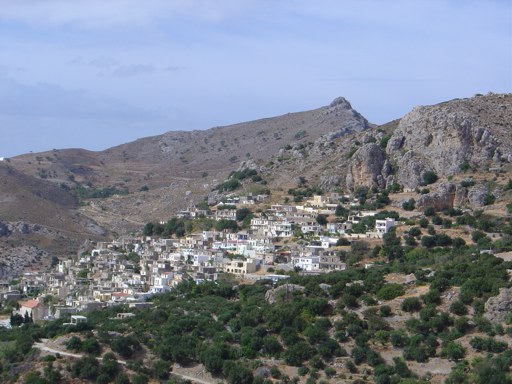
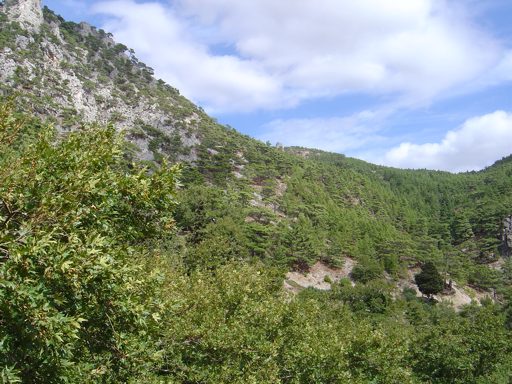
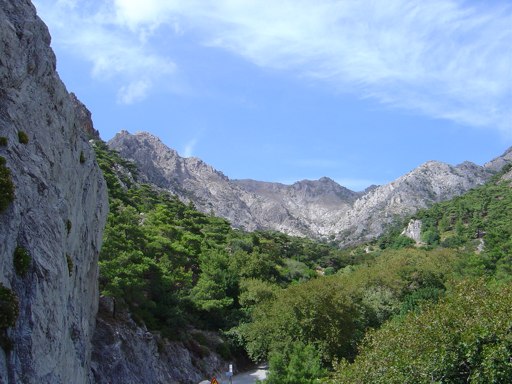
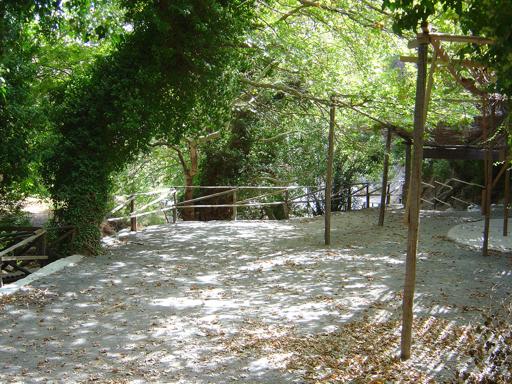
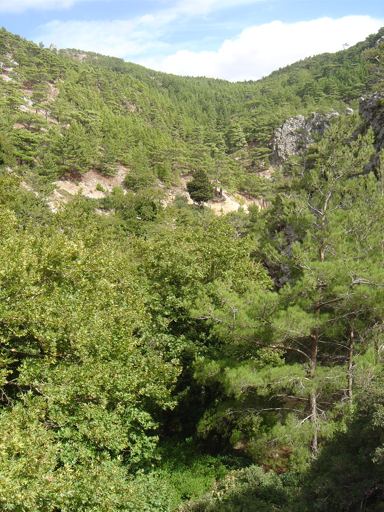
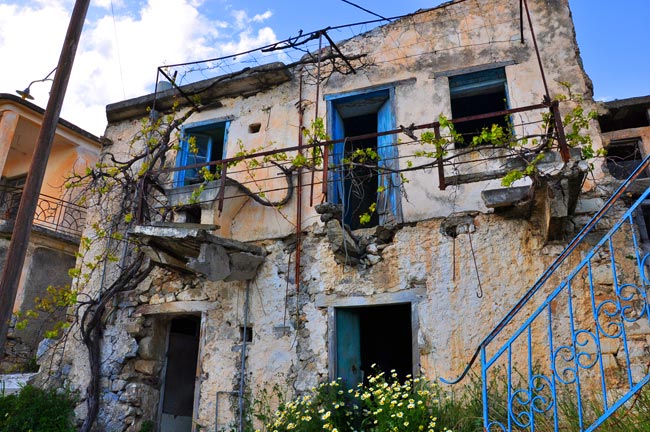
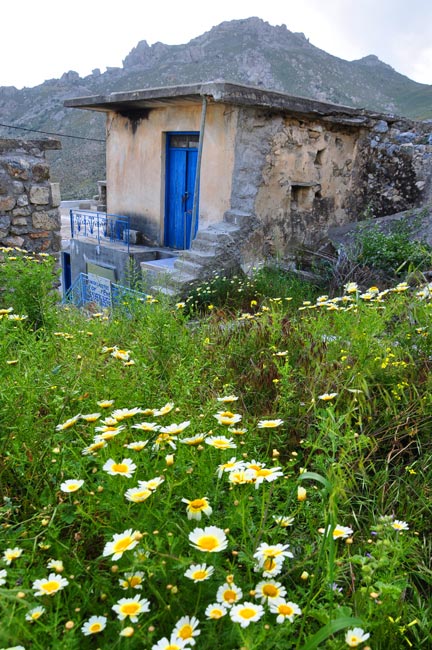
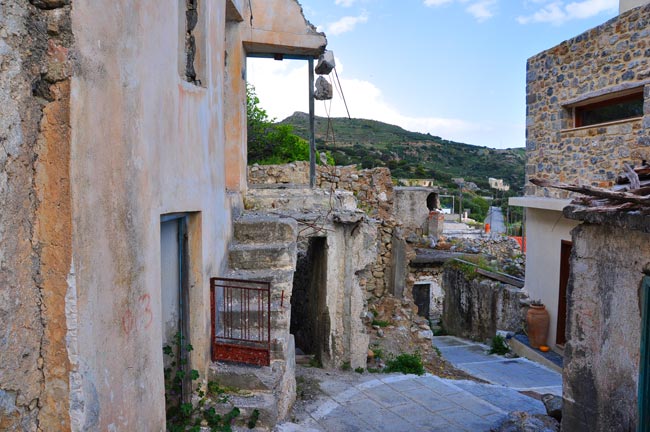
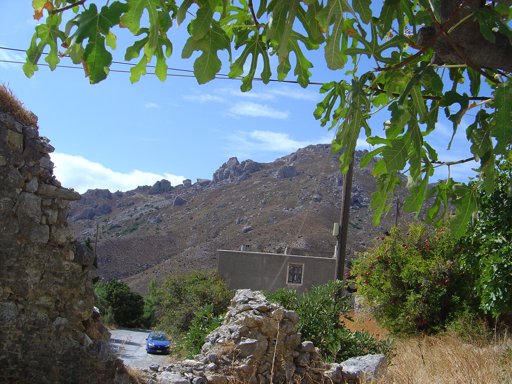
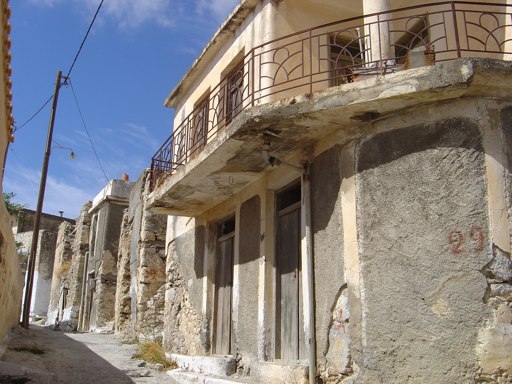
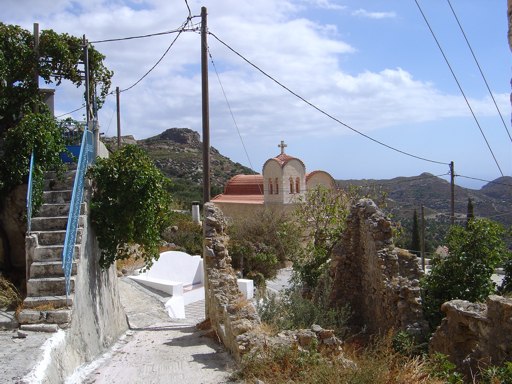
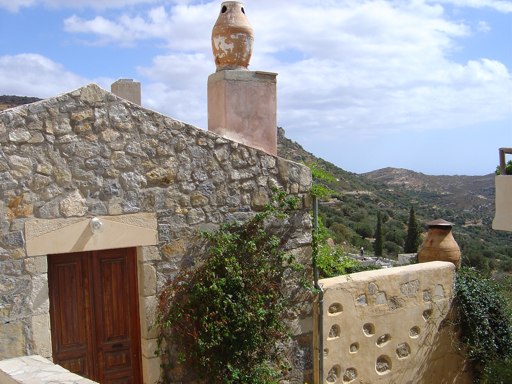
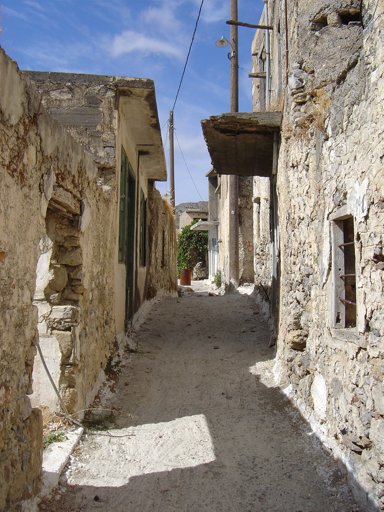
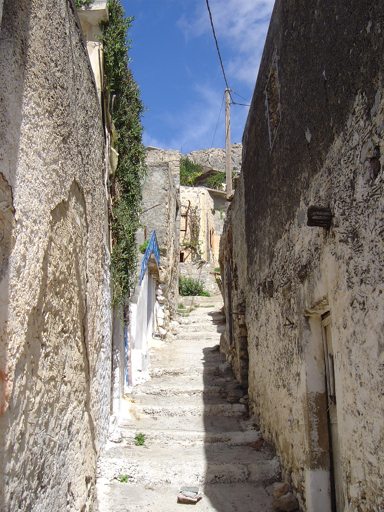
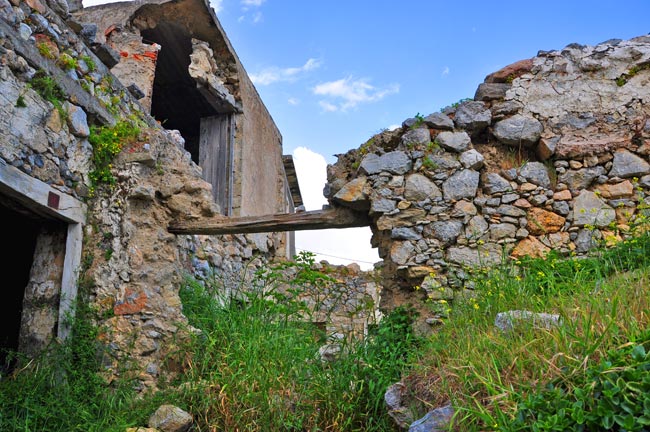
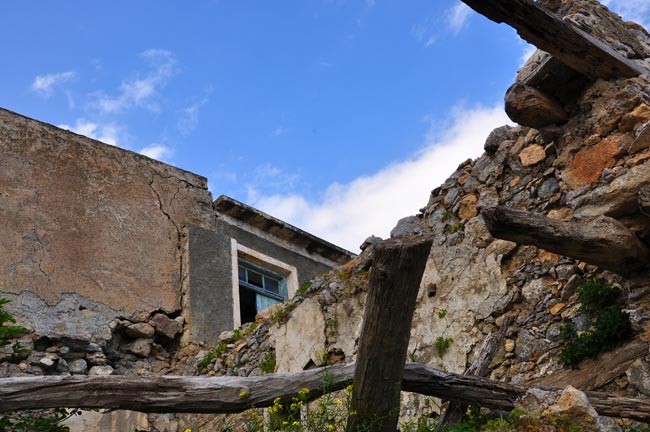
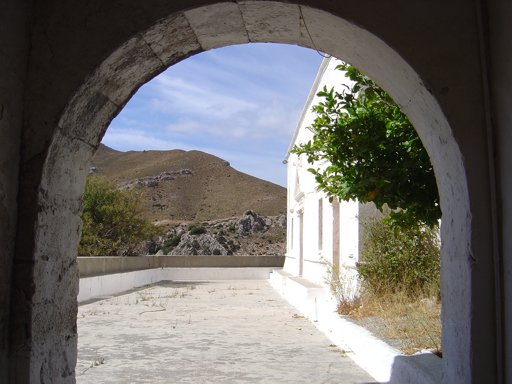
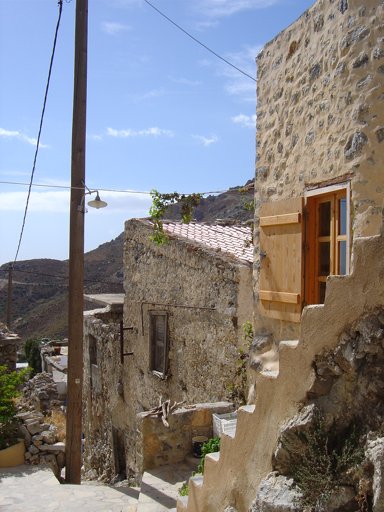
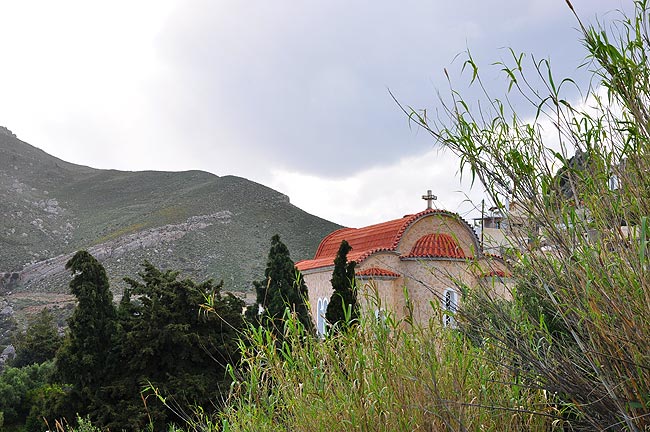
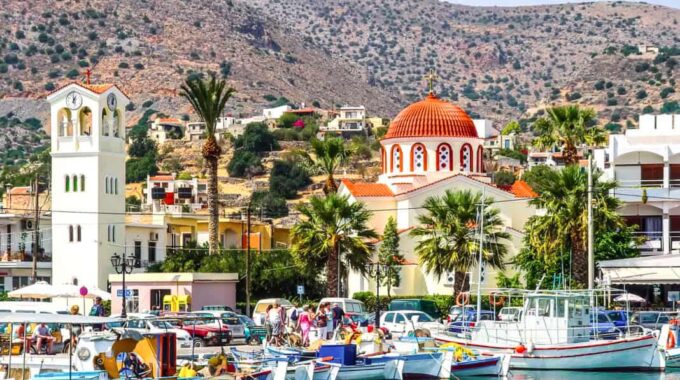
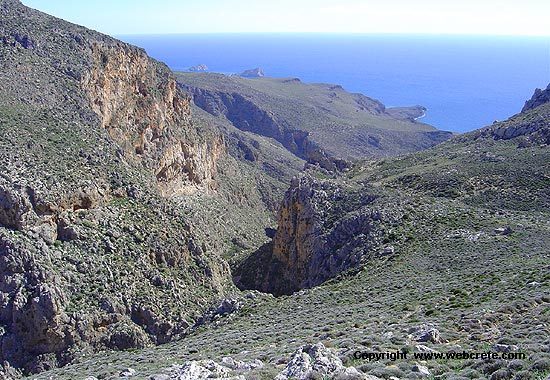
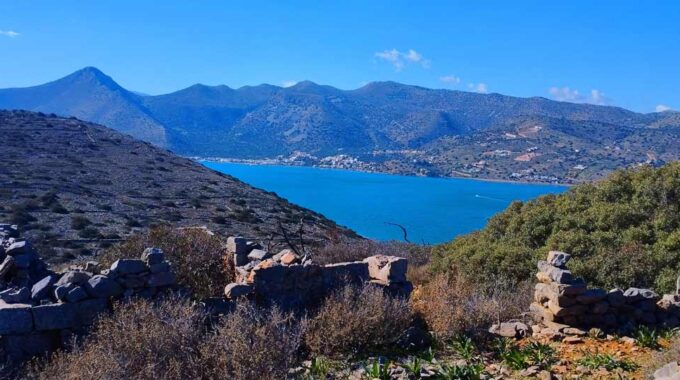
This Post Has 0 Comments